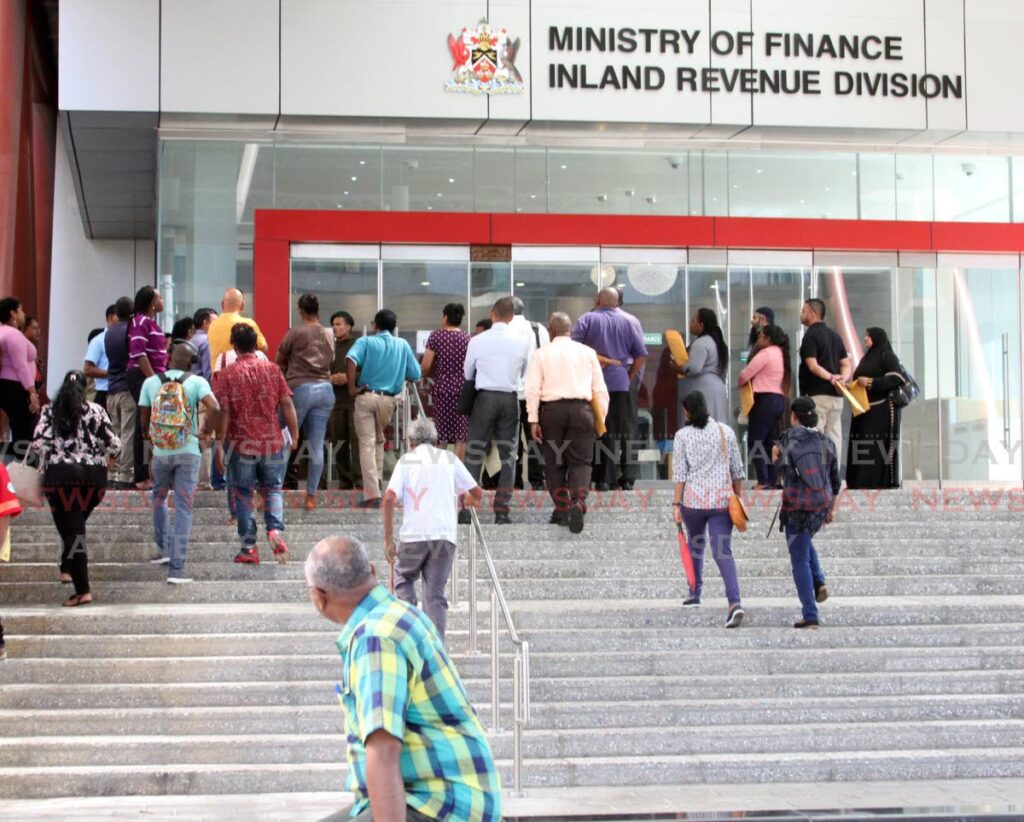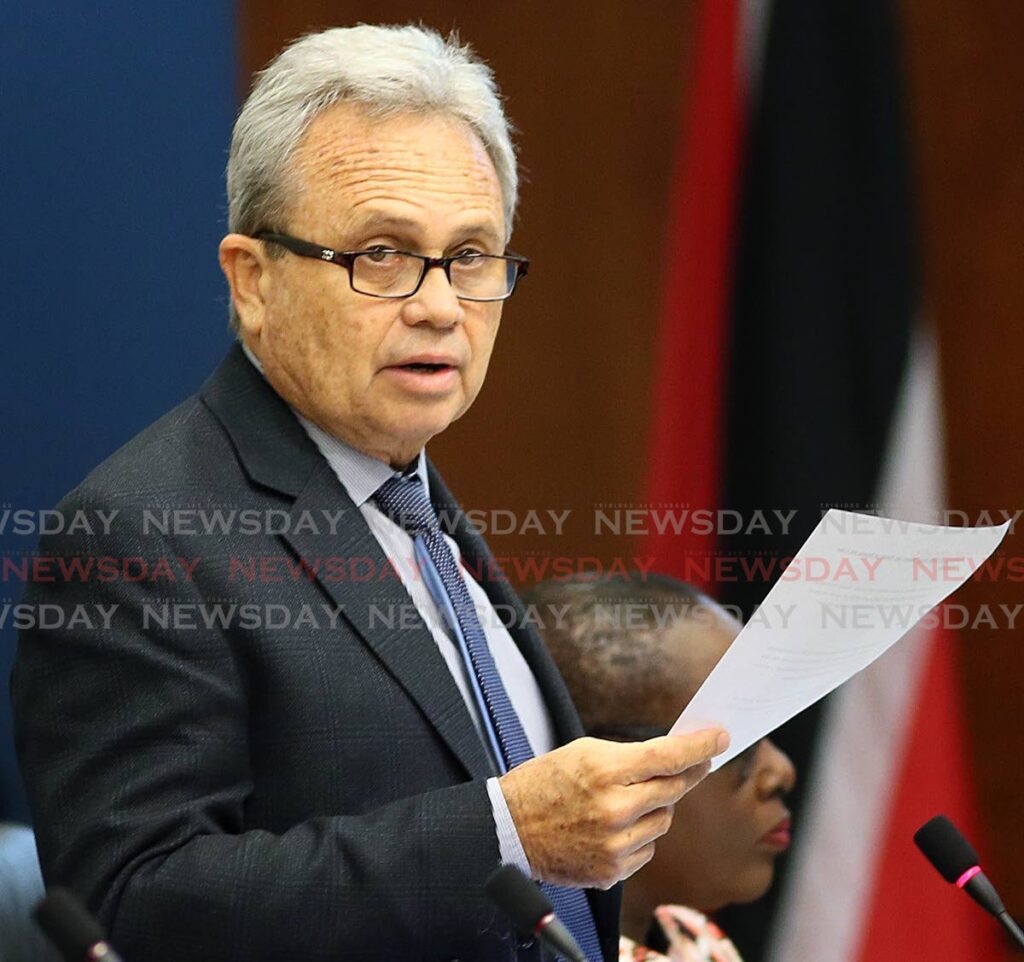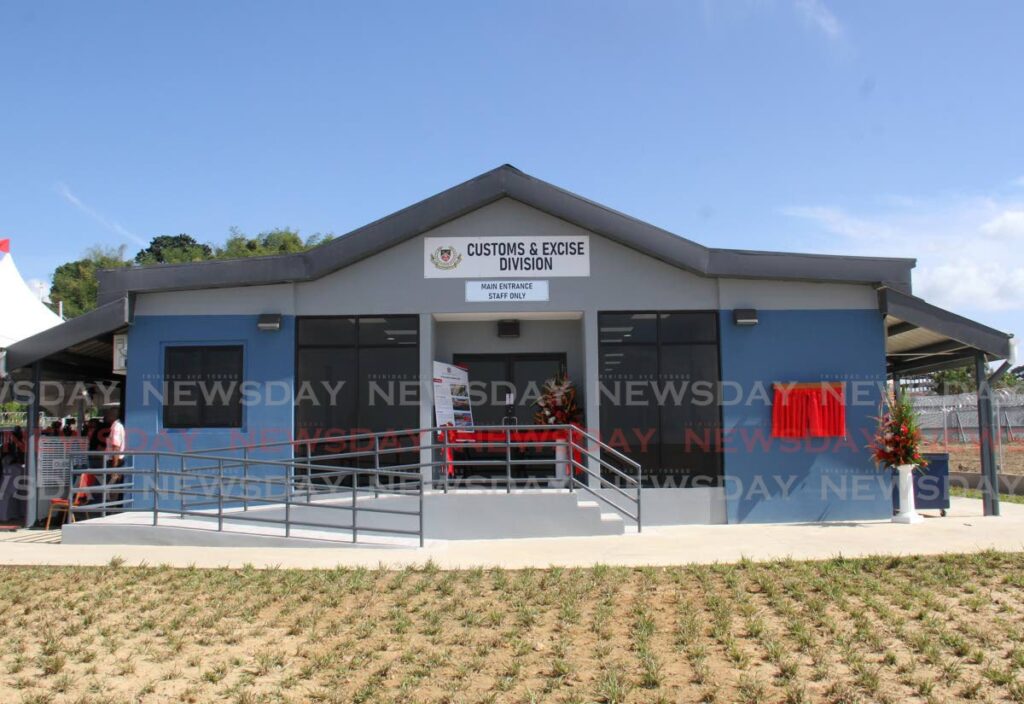TTRA strategic plan: Integrate, transition, grow

FINANCE MINISTER Colm Imbert has given details of government’s three-year plan for the TT Revenue Authority – the incoming state revenue-collection agency, which will be birthed out of a merger between the Inland Revenue Division and Customs and Excise Division.
Speaking in Parliament last Friday, Imbert said the plan for the new division seeks to facilitate a smooth merger between the two organisations and to have the TTRA meet key objectives over the next three years to integrate the organisations and retrain staff in the first year, transition the organisation into one that encourages customers to meet obligations voluntarily and to transform and grow the TTRA into an organisation that uses data-driven collection methods and streamlines customer service.
TTRA to address deficiencies in Customs, IRD
Imbert said government decided to establish the TTRA amid a need to address deficiencies in the current system, with separate revenue-collection and customs agencies.
“Longstanding deficiencies in the system have been identified and document in feasibility and performance reports dating back as early as 2002,” Imbert said. “The IRD currently faces challenges that impact the customer, the operations of the organisation and the level of tax collection within the country.”
He added that Customs and Excise’s pain and challenges lead to a longer and inconsistent revenue-collection methodology and higher prices for importers because of additional fees, and also results in the government missing out on tax revenue.

“The TTRA has set out several ways in which challenges can be mitigated to ultimately enhance the customer experience to drive voluntary compliance and employee experience to drive efficiencies. The TTRA also aims to provide a more seamless process to customers and create an environment focused on trust and transparency.”
For the TTRA to achieve this, Imbert said, it will set out and achieve several key objectives, the first of which is establishing a strong team.
The plan includes recruiting and retaining the right people and managing the transition in personnel and culture from the two separate entities into the single organisation. He said the TTRA will also revisit and redefine the enforcement function of the TTRA and develop learning and training programmes to promote customer engagement and optimise the TTRA’s workforce.
Other objectives of the TTRA include educating taxpayers and making it easier for them to comply, using data and innovation to modernise the organisation, drive greater compliance and modernise the collection methods of the TTRA and to create public trust in the organisation through public engagement.
The TTRA’s main aim, Imbert said, was to retain tax-collection levels in 2023 and increase the tax to GDP ratio in the following two years by one per cent and three per cent.
According to OECD statistics, TT’s tax-to-GDP ratio in 2019 was 24.4 per cent. It dropped in 2020 to 21.1 per cent, about 0.8 per cent lower than the LAC average of 21.9 per cent. From 2000-2020, the tax-to-GDP ratio fell 0.8 points from 21.9 per cent.
The Ministry of Finance’s draft estimates indicate that TT collected $25.4 billion in tax revenue in 2020, a drastic drop in collection when compared to 2019, when TT collected more than $35 billion in tax revenue.
The year 2021 showed improvement from the year before, with $29.08 billion in tax revenue, and 2022’s revised draft estimates show TT collected $37.8 billion.
Imbert said key initiatives needed to be achieved to reach the government's ultimate goals for the TTRA of increasing and streamlining collections for the government.
“The successful achievement of the TTRA’s strategic objectives requires that the organisational structure provides the framework upon which the initiatives and objectives can be based.”
Imbert said the focus will be on achieving the TTRA’s main responsibility of revenue collection, providing technical services, enforcing obligations of customers and leveraging data to improve the TTRA’s performance.

In the first year, the key initiatives include taking a close look at legislation to be clear on the roles and responsibilities the TTRA will have; reviewing and updating work rules and prompting standard operating procedures to ensure consistency; recruiting a strong team and key resources for leadership roles and reimagining processes in the authority to improving its success rate; and establishing a baseline for key metrics from which the authority could gauge its progress.
In the second year, the transition phase will kick in. Imbert said the TTRA will establish clear and simple-to-use revenue services; improve online and digital channels for customers; develop guidelines for the private sector; develop an efficient supply chain for exporters and importers; and use data and analytics to target areas of revenue leakage.
In the third year the authority will use advanced analytics to better tailor support for customers; tackle the black market and the “shadow economy”; improve valuation processes for customs; and introduce new tools to enhance operations at customs.
Digital transformation, customer-based approach
Imbert said digital transformation would be key in development of the TTRA, noting that recently tax administrations around the world have taken up new roles through the integration of digital platforms.
Imbert said the pandemic exposed challenges that tax administrators faced in digital transformation, noting that they do not have the skills and working practices to apply data and digital technologies, it would not be helpful to the administration.
“Digital transformation will play an essential role in supporting TTRA in addressing the challenges that arise in tax administration, but also in improving how businesses operate and people live. Due to the central position of tax authorities in global interactions, digital payment and data are becoming increasingly significant in management, compliance and administration.
"These changes are raising security and privacy questions and challenging the traditional role of tax authorities.
"As such, organisations are being required to innovate and adapt to these changes.”
He said tax authorities are already using advanced data modelling, AI and machine learning to provide a holistic view of taxpayers and tailoring services specific to taxpayers to make it easier to comply. Imbert said advanced analytics will help authorities personalise services specific to different types of people.
“This allows tax collectors to give more empathetic support to lower-income households and struggling businesses –making sure they get refunds first, giving them more notice of assessments and deferring payment schedules.”
He added that digital transformation would also help in developing a customer-first approach to designing tax services.
“Many tax administrators have already made substantial progress in designing services around the customer and have already achieved a 100 per cent e-filing rate,” he said.

Comments
"TTRA strategic plan: Integrate, transition, grow"